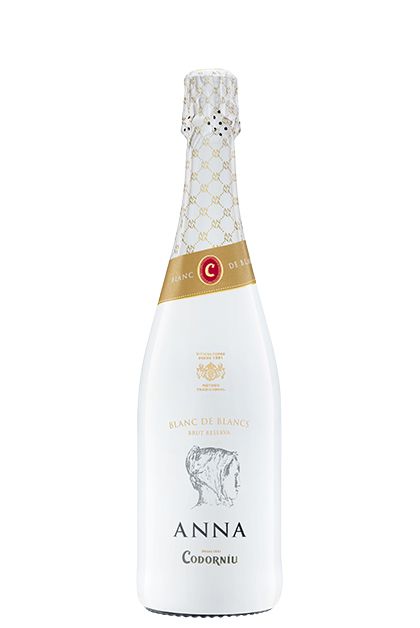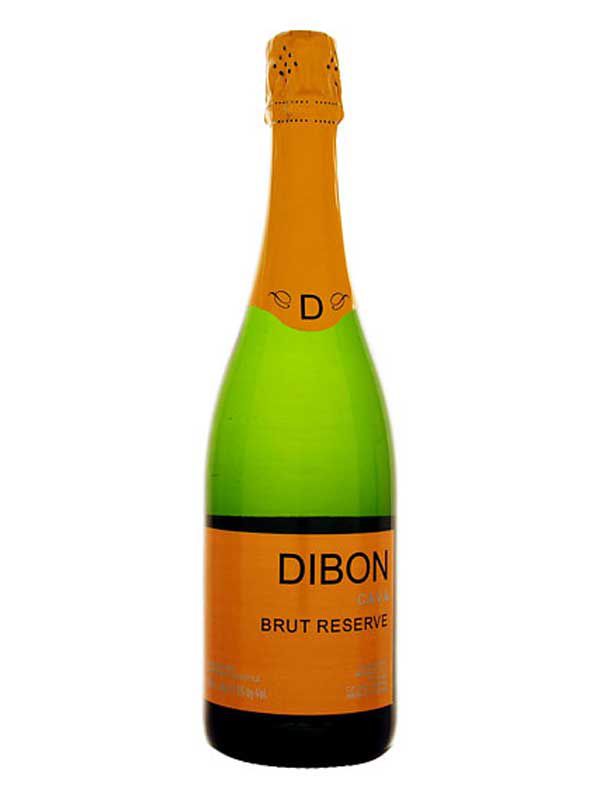The 5 Best Cavas to Sip Instead of Prosecco This Summer
The affordable Spanish sparkling wine is about to have a major moment.
A lot of things in life can be compared to Mean Girls, and a bottle of bubbly is no exception. (Stick with me here.) If prosecco is the Regina George of the wine world—much-worshipped, very blonde, would have been extremely popular on Instagram if it had existed in 2004—cava is Cady Heron, the surprisingly complex underdog with an intriguing past.
Though it tends to be cheaper than your average bottle of prosecco, Cava doesn’t deserve the slightly downmarket reputation it’s picked up recently in the wake of the Italians’ aggressive marketing and a couple other factors at play: First there was a price war, mostly among big producers, that made costs plummet—and they’ve never quite recovered, explains Laura Tragant Capaz, the head of winemaking at Codorníu, Spain’s oldest winery (est. 1551!). Also, Tragant says more generally of wine from the country, “Spain, I think, that we have been too much humilde, and we have no belief in our produce for a long time.”
In this case, the winemakers’ humbleness is working against them, since cava has a lot to offer. It was originally labeled Champagne—starting with Codorníu’s first bottle in 1872—until 100 years later, when France decided that they wanted that name just for their own fizzy region. The rivalry remains strong, and a new classification of cava specifically designed to compete with the offerings from Champagne has been announced. So yeah, there’s some delicious stuff going on in Spain.
Cava is the perfect partner for pretty much anything. Want to celebrate? Cava. Looking for something to sip while enjoying a fizzy bath bomb? Cava. Need bubbles to help wash down your dinner? Cava. (I love it with richer, fattier foods like curries, fries, battered fish, and Mexican—not to mention grilled summer sausages.) And, straight from Tragant herself, it’s a delight at breakfast: You’ll see bottles of it at the morning buffets of many Spanish hotels in the cava region without a drop of orange juice—just maybe don’t have a second glass before that big work presentation.
I talked to the experts (and tried a lot wine—isn’t work hard?) to find the six cavas that’ll make you want to cheat on your beloved proseccos (or Champagnes). Salud!
For Cava Beginners: Codorníu Anna Blanc de Blanc Reserva
It’s fitting that the makers of the first cava ever also produce one of the best wines for first-time cava-drinkers. Codorníu’s much-awarded Anna Blanc de Blanc Reserva is named after Anna de Codorníu, a badass who married into the Ravento winemaking family in 1659 and was instrumental in building up what Codorníu is today (she was the last person to carry that name).
This version of her namesake cava is made up of 70 percent chardonnay; the rest is the holy cava triumvirate of macabeo, xarel-lo, and parellada grapes. It’s not that important to know what any of that means, just know that even if you have a personal vendetta against chardonnay (*raises hand*), you’re going to like this. It was the first cava to use chardonnay—that grape wasn’t allowed in cava before—so you can bet that if rules were going to be broken, the reason would be good. With hints of peaches, red apple, and a little bit of lemon, this is great for drinking on its own, with food, or for a cheeky top-off to a cocktail.
For Pleasing a Crowd: Dibón Brut N.V. Reserva
Throwing a party? When it comes to people-pleasing (and value) it’s hard to beat Dibón Cava NV Reserva. Inez Ribustello, an advanced sommelier with the Court of Master Sommeliers (a.k.a. a super wine pro), says it’s her “gateway” cava so maybe buy an extra bottle for yourself as you’re stocking up for the bash.
Ribustello describes this cava as having notes of green pears (a nice break from the citrus you usually get with cava), plus a “crisp minerality” and “effervescence that doesn't stop.” She also recommends the rosé.
For Something Rebellious: Gramona Imperial Brut Gran Reserva Cava
Kathleen Thomas, who works as the wine training manager for Hakkasan Group, strongly recommends this sparkling wine—especially years 2011 through 2013, which are all reasonably priced for their stellar quality. “Take your pick of a vintage; they’re all available online across the country and delicious,” says Thomas, who describes the taste as a “fresh, elegant, peach and citrus splash with toasted brioche and almond biscuit, hugged on the tongue by savory herbs and a subtle chalk minerality, followed tiny, electric bubbles.” Got all that?
FWIW, Ribustello agrees, calling Gramona “one of the all-time great cava producers.”
Now here’s where the rebellious part comes in: The producer behind it is part of a nine-member group of winemakers creating wine from an area in Catalonia called Penedès, who, for reasons too wine-geeky to go into, split off from the official cava body to form their own EU-recognized group called Corpinnat. The winemaking world is a drama-filled one! You won’t see “Corpinnat” on the labels of this cava—it was produced before the schism—but no matter what it’s called, it’s delicious.
For a (Relative) Splurge: Codorníu Jaume Ars Collecta
Hoo boy, this is the big gun of the cava world. Although you might expect to pay around $50 for a just-fine bottle of Champagne (there is a lot of overvalued French fizz out there), you can get the best of the cava world for the exact same price. Coming in hot from Codorníu’s top-of-the-line label, this wine is 40 percent chardonnay, 40 percent pinot noir, and 20 percent Xarel-lo. It’s aged for five years, which is a heck of a long time for cava. And for the love of vino, it’s pretty incredible: It evaporates delicately on the tongue after you catch hints of melon, peach, and citrus—plus a tiny, tiny surprise whisper of eucalyptus (go with it, it’s delicious). Breathe in slightly while you sip, because it’s the aromas that help round off the taste. I definitely polished off my glass during an otherwise respectable tasting, and this was before noon.
Get it instead of your usual fancy go-to for that special occasion, because now you can impress your friend or Tinder date by explaining exactly why it’s a better pick than that mundane Champagne.
For When You Just Want a Glass: Freixenet Cordon Negro Brut, 187ml
Sometimes you don’t want to open a full bottle...or so I’ve read. For a serving-sized amount to take along to a picnic or to put out for guests at an event, Freixenet’s miniature bottles of crisp, citrusy Cordon Negro are both delightful to drink and wallet-friendly (and that matte black bottle doesn’t hurt for aesthetics, either). Food, drink, and travel writer Jennifer Rice, who discovered this cava at a sommelier’s recommendation, says these little guys have become an entertaining staple for her: “The mini bottles are perfect for summer barbecues (especially with fried chicken and ribs, to be specific) and soirees, as they’re around $4 to $5 a pop. Plus, they make for a chic alternative to glassware.” Sustainable!
For more stories like this, including celebrity news, beauty and fashion advice, savvy political commentary, and fascinating features, sign up for the Marie Claire newsletter.
RELATED STORY

Get exclusive access to fashion and beauty trends, hot-off-the-press celebrity news, and more.




